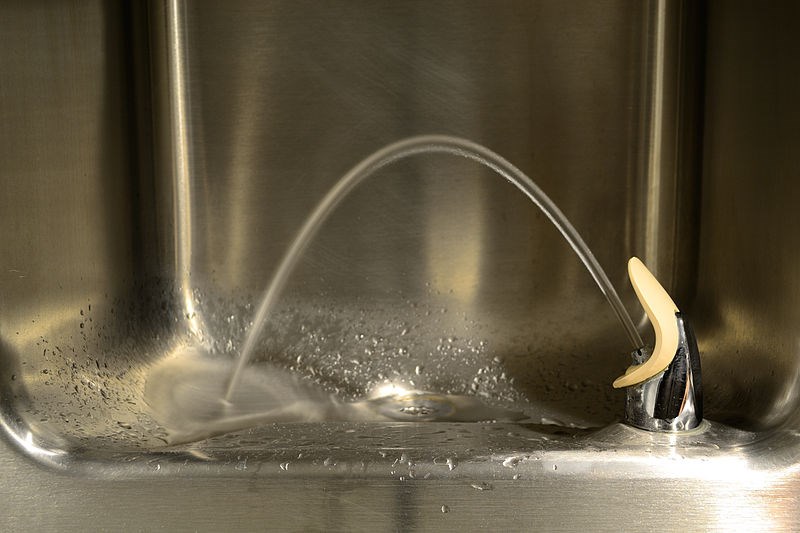Parents, teachers and students should remain calm, but vigilant, after recent tests found elevated lead levels in the drinking water at nearly two dozen Greater Victoria schools, an Island Health official says.
Dr. Murray Fyfe, a medical health officer, said parents are rightly concerned, but need to remember that children are generally exposed to less lead today than they were years ago. Health Canada says exposure to lead can cause behavioural problems and learning disabilities in children.
“The main concern with lead is the cumulative dose that a child is exposed to over time,” Fyfe said. “There are other sources that tend to be more significant than lead in water.”
Old lead paint, lead dust and lead in soil, for example, are major contributors to elevated lead levels in children’s blood, and those sources have been reduced over the years, in part, by regulating lead in paint and gasoline, he said.
“The amounts of lead that children are exposed to these days tend to be much less than they were a couple of decades ago,” Fyfe said. “It’s a continuing downward trend. But, still, our emphasis has to be on reducing the exposure to the lowest level that we possibly can.”
He commended the Greater Victoria school district for developing a plan to fix the problem in its buildings and for committing to an ongoing monitoring program.
“So I don’t think it’s alarming, but I think it’s certainly something to be aware of and to follow and to see what’s happening at the school to make sure that everything is being done to reduce the lead in the school as much as possible.”
The district revealed this week that recent testing found concerns with the water at 23 schools — including 16 that had elevated lead levels even after the pipes were flushed. Seven others showed pre-flush or intake concerns.
The district has posted a summary of the preliminary test results on its website at www.sd61.bc.ca.
In most cases, the post-flush readings were only slightly above the Canadian guideline for lead in drinking water of 0.010 milligrams per litre. In a few instances, however, the results were up to five times the guideline.
As well, some schools recorded pre-flush readings as much as 10 times the guideline. Flushing frequently reduced that to acceptable levels. In other cases, flushing appeared to work only temporarily, with lead levels rising again two hours later.
The district cautions that testing was done internally and may be unreliable. High results at one school could simply indicate that the pipe flushing on that day was inadequate, said secretary-treasurer Mark Walsh. The district plans to hire an external company to conduct a formal testing program at all of its schools.
The district has increased the length and frequency of its flushing program for the remainder of the school year. It intends to install filtered water fountains and auto-flushing technology in affected schools this summer.
Walsh did not rule out replacing pipes or fixtures in schools if further testing shows that is necessary. “We’re not taking anything off the table at this point.”



